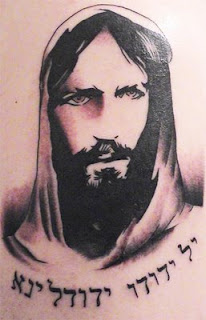Found this on a Google feed, hot off the digital press at Forbes.com:
“Sotheby’s hopes an ancient biblical manuscript will fetch $1 million.
“Sotheby’s might want to send a bidding paddle to Da Vinci Code author Dan Brown. In its July 7 London manuscripts sale, the auction house is offering a 1,500-year-old biblical document that includes layers of text and meaning–in three languages.
“Known as the Codex Climaci Rescriptus, the piece was written over the span of three centuries and stowed in a sacred monastery until landing in the hands of a pair of British twins by way of local Egyptian dealers. Now an English college is cannibalizing its library and cashing out, to pay for some building renovations.”
[…]
“The sixth-century text includes chunks of the Old and New Testaments in both Aramaic and Greek.”
It looks like they were trying to show off the Palimpsest’s Greek under-layer, so in the picture on the article the Syriac Script is upside-down. To get a better look at the script, here’s the image flipped:
However, if you do have an extra million bucks, here’s the listing on Sotheby’s if you want to bid. 🙂
[Judea (probably Jerusalem), sixth century AD. and Egypt (probably St. Catherine’s, Sinai), early ninth century AD.]
137 leaves (including 52 bifolia), approximately 230mm. by 185mm., with foliation according to the overtext in the hand of Agnes Lewis, written space of underscript 210mm. by 160mm., double column, 18 lines of faded brown ink in Christian Palestinian Aramaic uncials (a script most probably created from Estrangelo script for this Biblical translation, reflecting in its square monumental characters the Greek uncials in the manuscript that the translator worked from), written space of overscript 175mm. by 135mm., single column, 19 lines of black ink in Syriac Estrangelo script, underscript in varying states of fading, some slight water damage and crumbling to edges of some leaves, else in outstanding condition for age, each gathering of leaves within folders, the whole within three archival cloth-covered drop-back boxes, with the picnic basket in which Agnes Lewis and Margaret Gibson themselves kept it
-Steve




